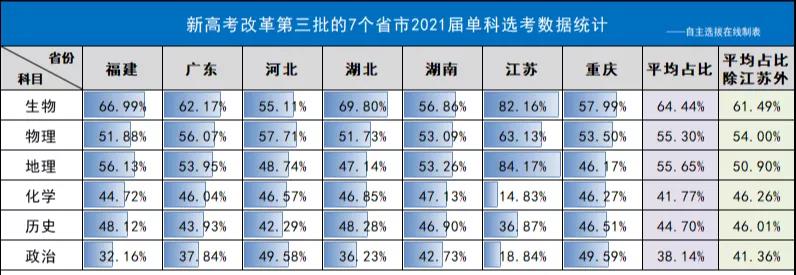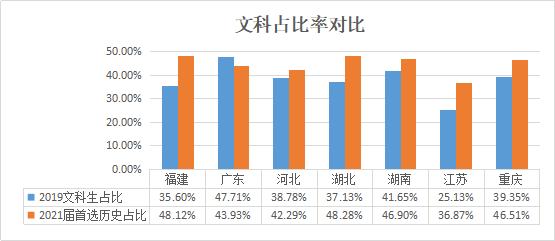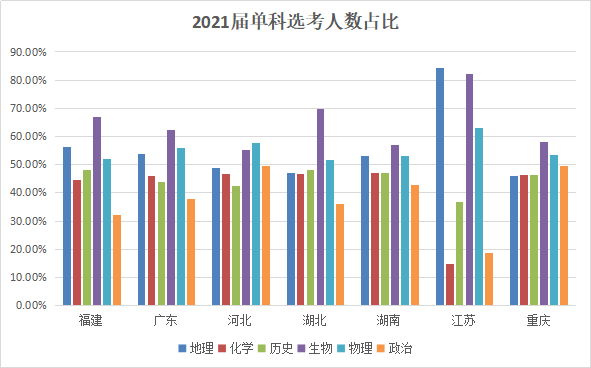Recording 2
With the use of driver-less vehicles seemingly inevitable, mining companies
in the vast Australian desert state of Western Australia are definitely taking
the lead. Iron ore is a key ingredient in steel-making. The mining companies
here produce almost 300 million tons of iron ore a year. The 240 giant
autonomous trucks in use, in the Western Australian mines, can weigh 400 tons,
fully loaded. And travel at speeds of up to sixty kilometers per hour. They are
a technological leap, transporting iron ore along routes which run for hundreds
of kilometers from mines to their destinations. Here when the truck arrives at
its destination, staff in the operation center direct it precisely where to
unload. Vast quantities of iron ore are then transported by autonomous trains to
ocean ports. Advocates argue these automated vehicles will change mining
forever. It may only be five years before the use of automation technology leads
to a fully robotic mine. A range of factors has pushed Western Australia's
desert region to the lead of this automation revolution. These include the huge
size of the minds, the scale of equipment and the repetitive nature of some of
the work. Then there’s the area's remoteness, at 502,000 square kilometers. It
can sometimes make recruiting staff a challenge. Another consideration is the
risks when humans interact with large machinery. There are also the financial
imperatives. The ongoing push by the mining corporations to be more productive
and more efficient is another powerful driver in embracing automation
technology. The concept of a fully autonomous mind is a bit of a misleading
term, however. This is because the more technology is put into the field, the
more people are needed to deploy, maintain and improve it. The automation and
digitization of the industry is creating a need for different jobs. These
include data scientists and engineers in automation and artificial intelligence.
The mining companies claim automation and robotics present opportunities to make
mining more sustainable and safer. Employees will be offered a career that is
even more fulfilling and more rewarding. Workers' union have accepted the
inevitability of the introduction of new technology. But they still have
reservations about the rise of automation technology. Their main concern is the
potential impact on remote communities. As automation spreads further, the
question is how these remote communities will survive when the old jobs are
eliminated? And this may well prove to be the most significant impact of robotic
technology in many places around the world.
Q19: What does the passage say about the mining industry in Western
Australia?
Q20: What is the impact of the digitization of the mining industry?
Q21: What is the attitude of workers' union towards the introduction of new
technology?
Recording 3
According to official statistics, Thailand's annual road death rate is
almost double the global average. Thai people know that their roads are
dangerous, but they don't know this could easily be changed. Globally, road
accidents kill more people every year than any infectious disease. Researchers
at the institute for health metrics and evaluation in America put the death toll
in 2017 at 1.24 million. According to the institute, the overall number of
deaths has been more or less static since the turn of the century. But that
disguises a lot of changes in individual countries. In many poor countries, road
accidents are killing more people than ever before. Those countries have
swelling, young populations are fast-growing fleet of cars and motorbikes and a
limited supply of surgeons. It is impossible to know for sure, because official
statistics are so inadequate. But deaths are thought to have risen by 40% since
1990 in many low income countries. In many rich countries, by contrast, roads
are becoming even safer. In Estonia and Ireland, for example, the number of
deaths has fallen by about two thirds since the late 1990s. But the most
important and intriguing changes are taking place in middle income countries,
which contain most of the world's people and have some of the most dangerous
roads. According to researchers in China and South Africa, traffic deaths have
been falling since 2000. And in India since 2012, and the Philippines reached
its peak four years ago. The question is whether Thailand can soon follow suit.
Rob Mckinney, head of the International Road Assessment Program, says that all
countries tend to go through three phases. They begin with poor, slow roads. In
the second phase, as they grow wealthier, they pave the roads, allowing traffic
to move faster and pushing up the death rate. Lastly, in the third phase,
countries act to make their roads safer. The trick, then, is to reach the third
stage sooner by focusing earlier and more closely on fatal accidents. How to do
that? The solution lies not just in better infrastructure, but in better social
incentives. Safe driving habits are practices which people know they should
follow that often don’t. Dangerous driving is not a fixed cultural trait, as
some imagine. People respond to incentives such as traffic laws that are
actually enforced.
Q22: What does the speaker say about traffic accidents in Thailand?
Q23: What do we learn from an American institute statistics regarding road
deaths?
Q24: What is said about middle income countries?
Q25: What else could be done to reduce fatal road accidents in addition to
safer roads?
延伸阅读:
2021年6月大学英语六级翻译试题及答案解析:海南岛
2021年6月大学英语四级翻译试题及答案解析:铁观音
2021年6月大学英语六级CET6听力原文
2021年6月大学英语六级CET6试卷及答案解析-第一套
2021年6月大学英语四级CET4试卷及答案解析-第一套





















 京公网安备11010802021790号
京公网安备11010802021790号









 学习资料
学习资料
